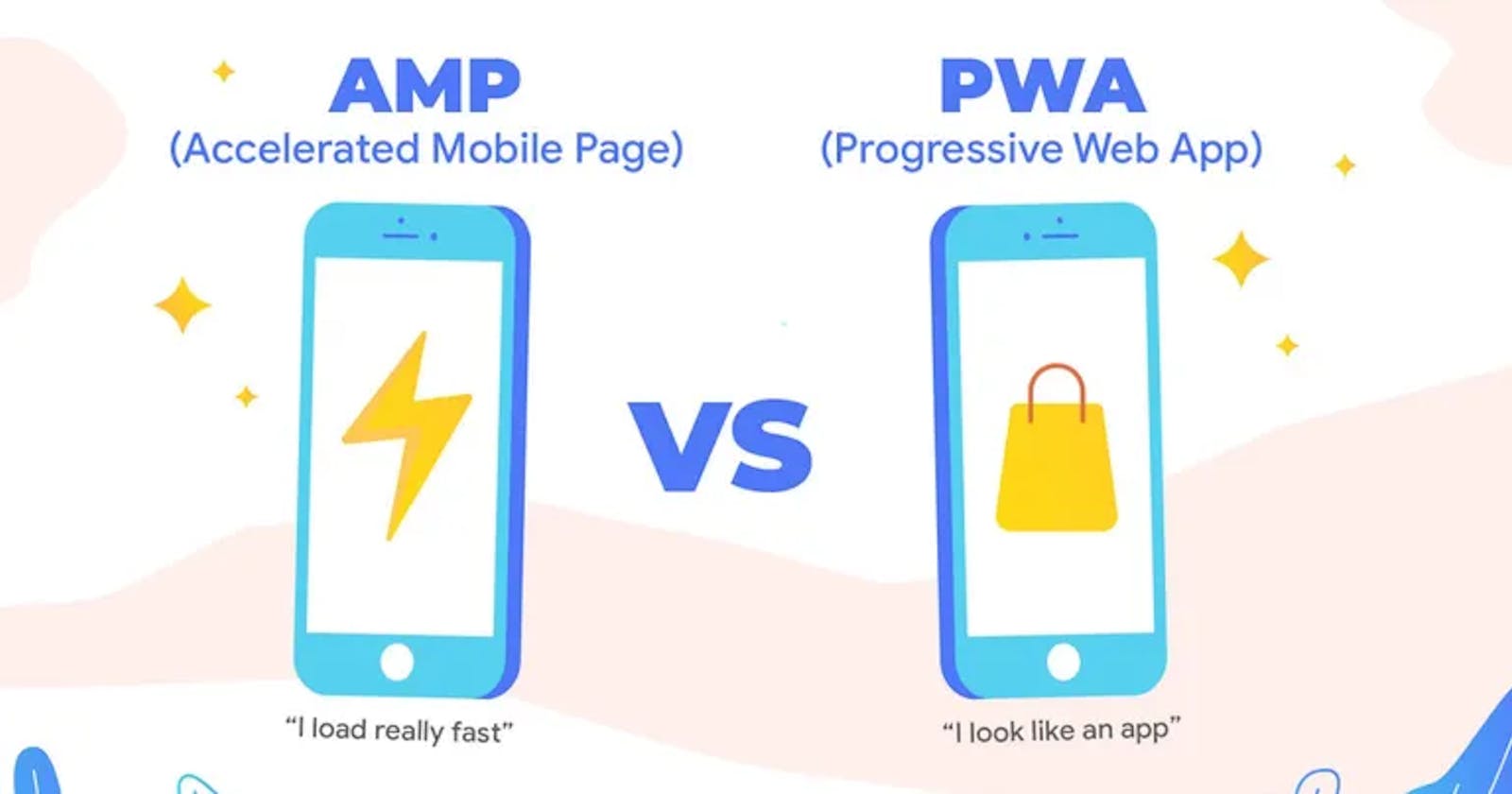Hey fellow developers😊 !! Been a while since I wrote a blog on my channel. But, today I have something interesting to share with you guys. And ... that is related to SEO. Yes!! I mean SEO (Search Engine Optimization) which is responsible for ranking higher on search engines thereby enhancing the user traffic for our website. In my previous blog in this same series, I discussed a few effective ways to improve SEO ranking. In case you missed I will try to give a quick recap of what I discussed there.
I discussed-
How we can use semantic HTML tags to structure our content and make it more accessible and understandable for search engines and users.
How to optimize our images and videos for faster loading, better performance, and higher engagement.
How we can implement responsive design and a mobile-first approach to cater to different devices and screen size resolutions.
How to leverage meta tags, schema markup, and structured data to enhance our website's visibility and relevance for search engines and users.
How we can JavaScript frameworks and libraries without compromising our SEO efforts.
But, today I will try discussing another effective method and that is when we build apps, rather than just building them we can opt for AMP and PWA architectures. Again, Accelerated Mobile Apps (AMP) and Progressive Web Apps (PWA) differ from each other in their architecture.
Accelerated Mobile Apps (AMP) is a framework that mainly focuses on providing a fast-loading and performance-optimized web page primarily for mobile apps. This fast loading can be achieved as AMPs cache URLs making webpages load super fast every time we visit them. And this feature makes it great for sharing online. But AMPs don't offer any interactivity with the user meaning they are used for just static websites and also require an active internet connection. Some of the websites that use AMP structure are BBC, wired, CNN and many others.
On the other hand, Progressive Web Apps (PWA) is a set of web technologies that provide an almost to full similar experience to the native apps on the web itself. So no need for the hectic installation of the apps onto our devices anymore!! Sometimes they are better than the native app itself. But when accessing for the first they load a little longer than AMPs and load equally fast when we return next time in the future. This is because PWAs are built to cache data in the background as we interact with a site -not upfront. Also, PWAs have unbeatable capabilities some of which we would normally expect only from the native apps. And of the coolest features of this is these PWAs live without an online connection, well thanks to the cached data. And also we can push notifications and a home screen icon. Due to its versatility and powerful features, there’s no clear industry division. However, it will benefit especially those who wish to create complex, interactive platforms (e-commerce companies). Some of the websites that use this structure are Forbes, Alibaba, Trivago and many others.
But let's try to break down the differences and relationships between the above-mentioned methods and AMPs and PWAs.
Semantic HTML Tags: Semantic HTML tags are essential for structuring web content, making it accessible, and improving SEO. They help search engines understand the content and provide context for users. AMP and PWA do not replace or affect the use of semantic HTML tags; they can be used in conjunction with them.
Image and Video Optimization: Optimizing images and videos is crucial for improving website performance. This involves techniques like compressing images, using responsive image and video tags, lazy loading, and using modern formats like WebP. These optimizations are independent of AMP or PWA but can be used alongside them to further enhance performance.
Responsive Design: Creating responsive designs that adapt to different devices and screen sizes is a standard practice in web development. AMP and PWA do not replace responsive design; they can be incorporated into responsive designs to provide better user experiences.
Meta Tags, Schema Markup, and Structured Data: These are critical for SEO and enhancing your website's visibility in search engine results. AMP and PWA do not replace these practices; they can work alongside them to provide improved SEO and search engine visibility.
JavaScript Frameworks and Libraries: Using JavaScript frameworks and libraries can enhance the interactivity and functionality of a website. It's important to ensure that the chosen framework or library is SEO-friendly, as some may introduce challenges. Both AMP and PWA can be implemented with various JavaScript libraries and frameworks, but you need to be cautious and follow best practices to avoid SEO issues.
However, AMP and PWA each have their unique focus and advantages, they can complement the best practices mentioned above, rather than replacing them. We can use semantic HTML, optimize images, implement responsive design, leverage meta tags and structured data, and use JavaScript frameworks alongside AMP or PWA to create fast, engaging, and accessible web experiences.
And with this, we come to an end and congratulations my fellow developers! You now possess the knowledge to supercharge your website's speed and boost both SEO and user satisfaction. And can drive organic traffic and ensure your website reaches a wider audience. Embrace the power of SEO, and let it empower your web development journey. I hope you enjoyed this blog post and learned something new. Stay tuned for more posts on the latest trends and tips on web development!😊
